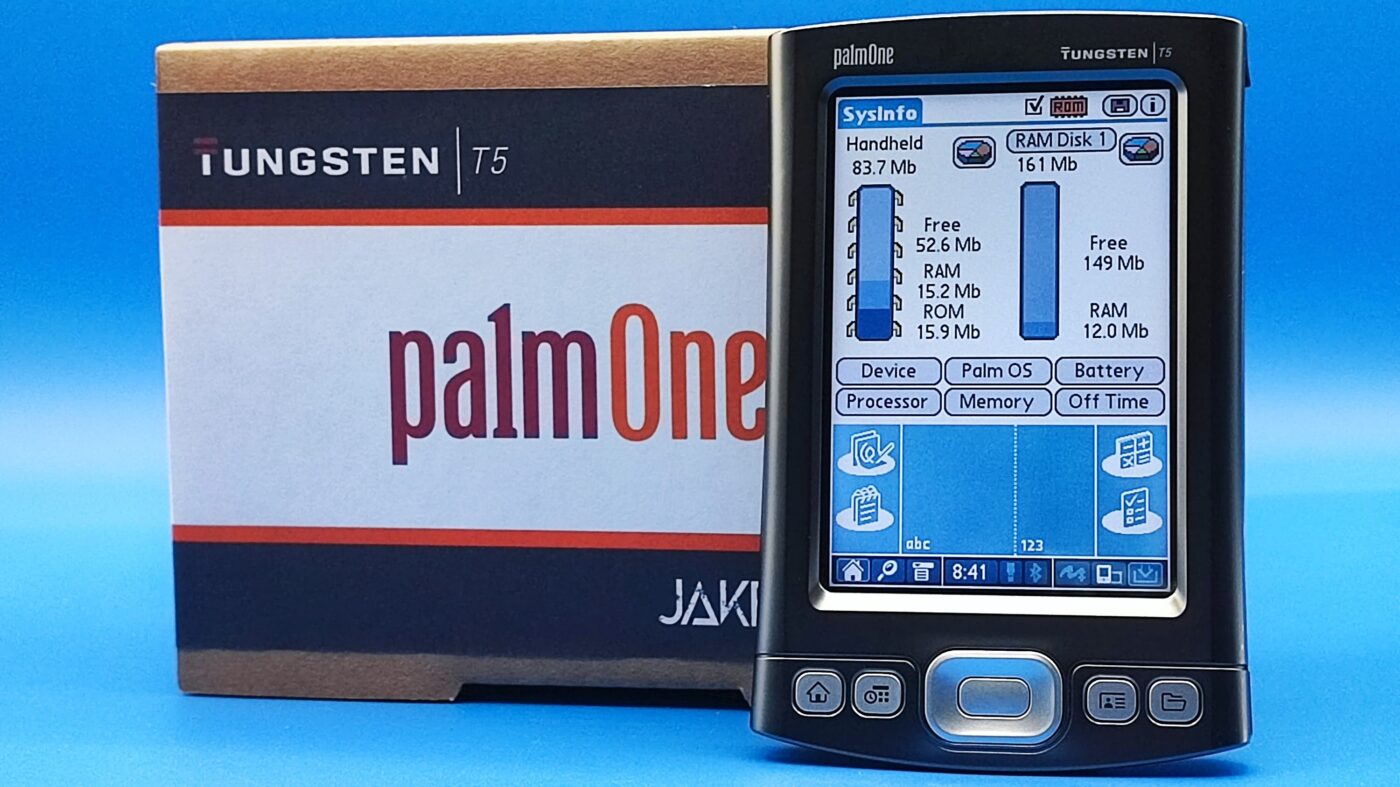Palm Handhelds
Retrospective on the Palm Tungsten T5: Innovation and Legacy
The Palm Tungsten T5 stands as a remarkable example of the evolution in personal digital assistants (PDAs) that bridged the gap between traditional handheld devices and the smartphones that dominate today’s market. Released in October 2004, the Tungsten T5 was not merely a successor to previous models; it was a visionary redefinition of what PDAs could be. This article explores the innovations introduced with the Tungsten T5, its impact on technology, and its lasting legacy in the realm of mobile devices.
Innovative Features
The Tungsten T5 was one of the first PDAs to feature non-volatile flash memory, which was a significant upgrade over the RAM-based storage used in earlier models. With 256 MB of memory, of which 215 MB was user-accessible, it offered unprecedented storage capacity that allowed users to retain information even when the device was turned off. This feature alone set a new standard for data security and reliability in portable devices.
Another notable innovation was its 320×480 transflective TFT color display which supported a landscape orientation—a feature that enhanced the viewing and usability of documents and media on the device. The screen was a standout in the market and provided clear, crisp visuals that were far superior to many contemporaries.
Design and Usability
The Tungsten T5 boasted a sleek, slim design with a robust aluminum body that conveyed a sense of durability and class. It abandoned the sliding mechanism of its predecessor, the Tungsten T3, favoring a fixed form factor that was both stylish and practical. This design supported a larger display area and simplified the hardware architecture, reducing mechanical failures.
From a software perspective, the T5 ran on Palm OS Garnet 5.4, which offered a more refined user experience with enhanced support for multimedia applications and connectivity options. It included Bluetooth technology, allowing for wireless communication with other devices—a forward-thinking feature at the time.
Impact and Legacy
The introduction of the Tungsten T5 marked a pivotal moment in the evolution of PDAs. It pushed the boundaries of what these devices could do, leading the way for more sophisticated mobile computing solutions. The integration of high-capacity, non-volatile memory and improved multimedia capabilities influenced subsequent designs in both PDAs and smartphones.
Moreover, the Tungsten T5’s emphasis on a high-quality display and robust build quality set a precedent that would carry over into the smartphone era. These features ensured that the device was not only functional but also pleasurable to use, traits that have become essential in today’s mobile device market.
Conclusion
The Palm Tungsten T5 was more than just a technological achievement; it was a visionary step forward that shaped the future of mobile computing. The innovations it introduced have had a lasting impact, influencing the development of devices long after the decline of PDAs. As we look back on the Tungsten T5, it is clear that its legacy is not just in the features it introduced, but in the possibilities it represented. It was not merely a product of its time, but a beacon for the future, pointing the way toward a world where mobile devices are integral to our daily lives.


